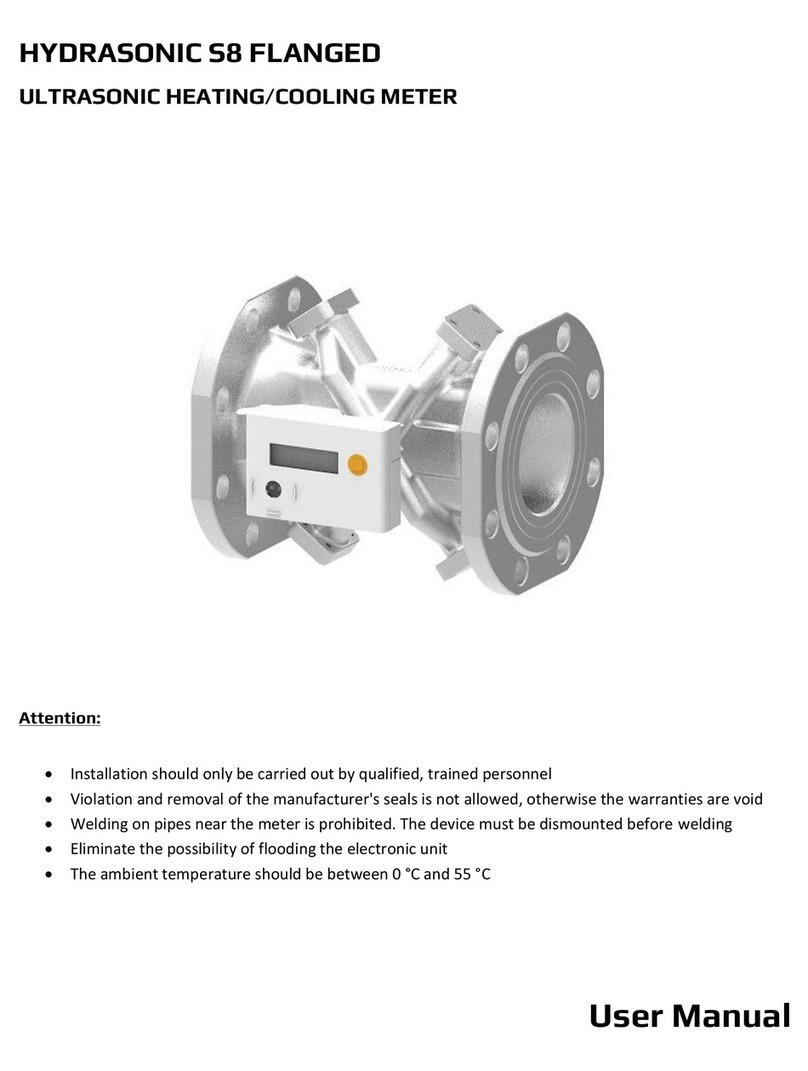Table of content
1. General..........................................................................................................................................................................3
1.1 Operating conditions ..............................................................................................................................................3
2. Transport and storage ..................................................................................................................................................4
3. Assembly / Installation.................................................................................................................................................4
3.1 Preparatory work .....................................................................................................................................................5
3.2 Installation of flow sensor.....................................................................................................................................5
3.2.1 Flow metering section location in a pipeline .............................................................................................5
3.2.2 Requirements of straight-line sections ...................................................................................................... 7
3.3 Temperature sensor installation.......................................................................................................................... 7
3.3.1 Mounting RTD....................................................................................................................................................8
4. Communication .............................................................................................................................................................11
4.1 M-Bus wired ............................................................................................................................................................11
5. Display Menu.................................................................................................................................................................12
5.1 Overall Menu Structure.........................................................................................................................................12
5.2 Main Display............................................................................................................................................................13
5.3 Test Display.............................................................................................................................................................14
5.4 Information Display...............................................................................................................................................15
5.5 Error Display ...........................................................................................................................................................16
6. Maintenance..................................................................................................................................................................17
7. Disposal..........................................................................................................................................................................17




























